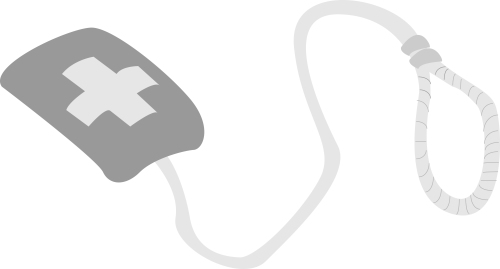 Let’s look at a hypothetical situation. You’re diagnosed with a stage 4 malignant brain tumor and you’re told that the process of dying will take months. During this time, your bodily functions will slowly begin to fail as the cancer spreads and shuts down parts of your brain, until finally you are essentially in a comatose state, constantly in pain, waiting to die. What would you do?
Let’s look at a hypothetical situation. You’re diagnosed with a stage 4 malignant brain tumor and you’re told that the process of dying will take months. During this time, your bodily functions will slowly begin to fail as the cancer spreads and shuts down parts of your brain, until finally you are essentially in a comatose state, constantly in pain, waiting to die. What would you do?
Brittany Maynard was given this exact diagnosis. She had already been suffering from “increasingly frequent and longer seizures, severe head and neck pain, and stroke-like symptoms.” However, instead of waiting for the cancer to come for her, she moved to Oregon and did it herself using physician-assisted suicide by prescription pill. She was 29 years old.
In doing this, she brought the discussion of “right-to-death” to the forefront of social issues because now it’s clear to see that younger people can also be affected by this movement.
Many people are against the new right-to-death movement because they are concerned that people will just go to doctors to commit suicide to “take the easy way out,” as terrible as that statement sounds. There are very few states that have passed acts allowing it, being Oregon, Washington state, Montana, New Mexico, and Vermont.
However, people also tend to forget that the medication for this is regulated and is not handed out to everyone, even those with rather severe illnesses. In Oregon, where Maynard went to seek physician-assisted suicide, there is an act that was passed called the Oregon Death With Dignity Act. Under the Oregon law, the person must be capable, an adult, live in state and have been diagnosed with a terminal illness that will lead to death within six months. That last part is important. It thins the demographic for those who can use physician-assisted suicide by a very large portion.
Not everyone agrees with the right to assisted suicide. Cardinal Joseph Bernardin of Chicago, Illinois wrote a letter to the U.S. Supreme Court about this specific topic just days before he died of pancreatic cancer.
He explicitly stated that he was against the right to physician-assisted suicide, that there “can be no such thing as a ‘right to assisted suicide,’ because there can be no legal and moral order which tolerates the killing of innocent human life, even if the agent of death is self-administered. Creating a new ‘right’ to assisted suicide will endanger society and send a false signal that a less than ‘perfect’ life is not worth living.”
This mirrors the first argument against assisted suicide. It is understandable that there is definitely a fear of that, but the laws that are being created to allow for the right to assisted suicide also have boundaries on who can do it and what situation they can be in to merit it.
There was also a case in New York, Vacco vs. Quill, when the 2nd Circuit Court of Appeals decided that since the Supreme Court determined that patients have the right to refuse treatment to prolong their lives, then they must also, under the 14th Amendment guarantee of equal protection, have the right to get help in ending their own life.
Many people are against the Supreme Court having the power to decide whether it is legal or not. A lot of people who are discussing this issue think that it should be put to a vote and that the overall populace should be allowed to decide. If the issue ever were to make it to the public vote, it would be very interesting to see how people evaluate it. It’s a serious ethical question, one that some may not be prepared to answer.
Personally speaking, I think that people have the right to choose between life or death. I do not think that people should just commit suicide should they lose the will to live, but in a situation such as Maynard’s, where they will die in either circumstance, I think it’s fair to give someone a choice that is less painful and causes less suffering.
-Cameron MacDonald
